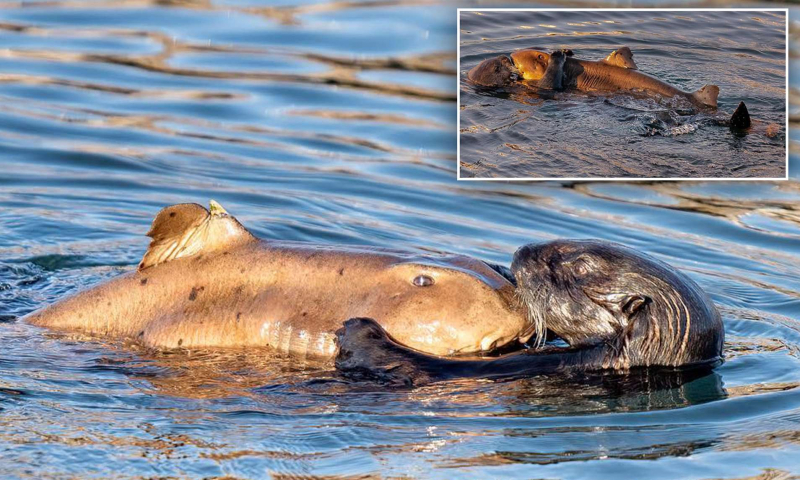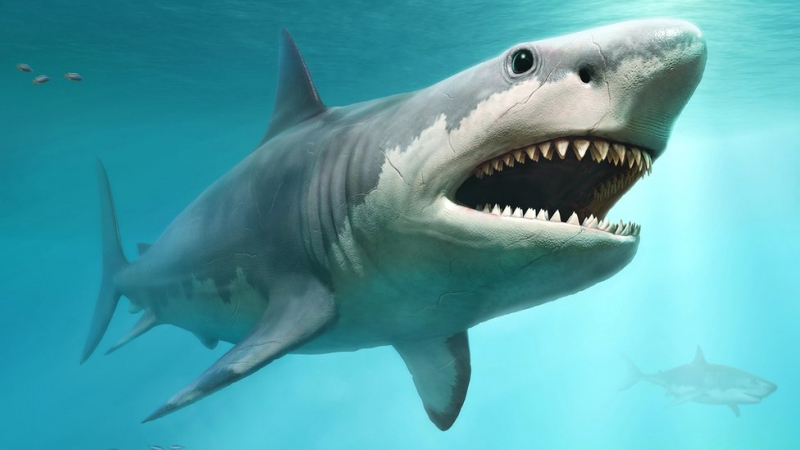White sharks
Prior to reaching a length of 3 m (9.8 ft) or more, when their jaw cartilage mineralizes enough to withstand the impact of biting into larger prey species, juvenile white sharks primarily feed on fish, including other elasmobranchs. This is because their jaws are not strong enough to withstand the forces required to attack larger prey species like pinnipeds and cetaceans.
White sharks start primarily pursuing marine animals for feeding as they reach a length of around 4 m (13 ft), while various sharks appear to specialize in different kinds of prey depending on their preferences. They have a strong sense of opportunism. These sharks favor food that is rich in fatty acids, which provide energy.
Especially in California, white shark attacks are the main cause of mortality for sea otters. It's interesting to note that the predators don't eat the otters. Although this is true, more than half of sea otter deaths now are caused by shark attacks. As a result, there are much fewer sea otters now living along the Californian coast, which has conservationists worried. Why white sharks would attack sea otters when they don't eat them has been a mystery to scientists. They discovered that predators just confuse otters for other, more nutrient-dense prey, such sea lions and seals. White sharks don't recognize their error until after attacking the sea otters.










